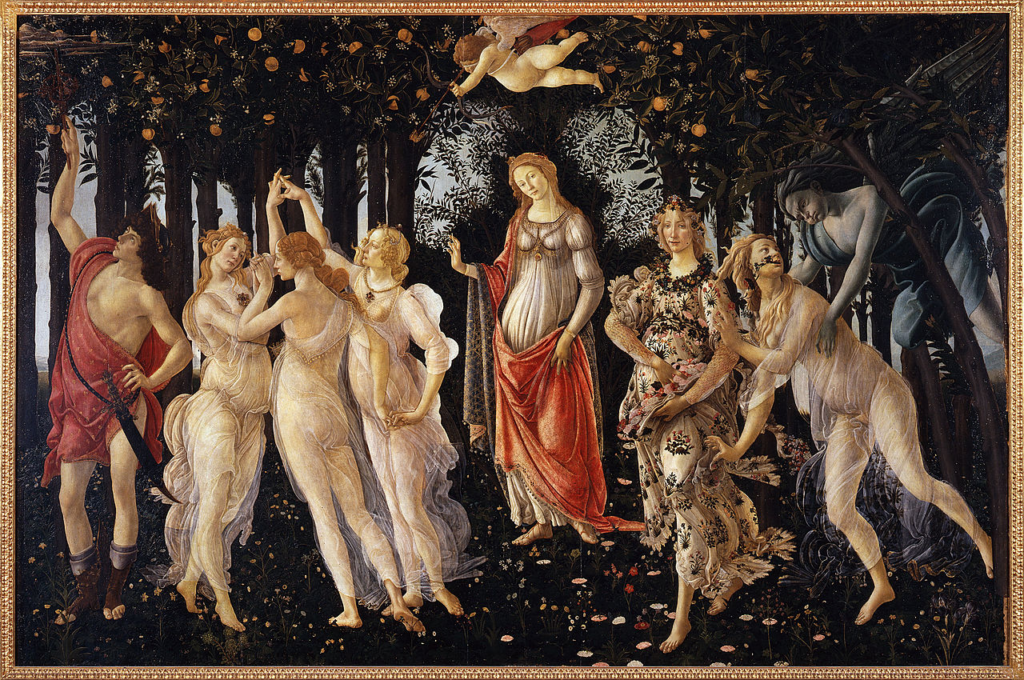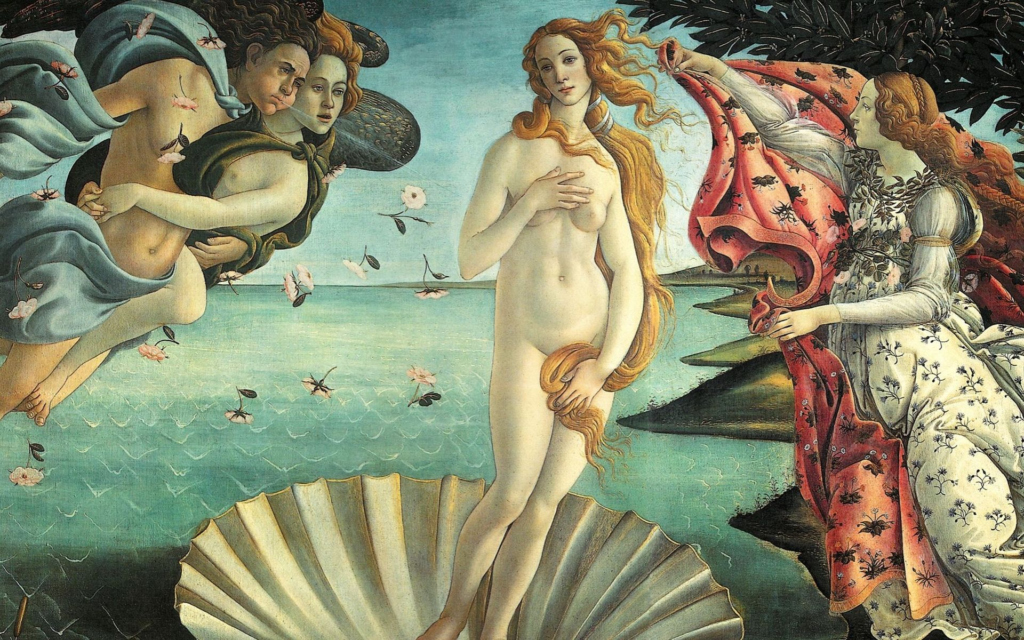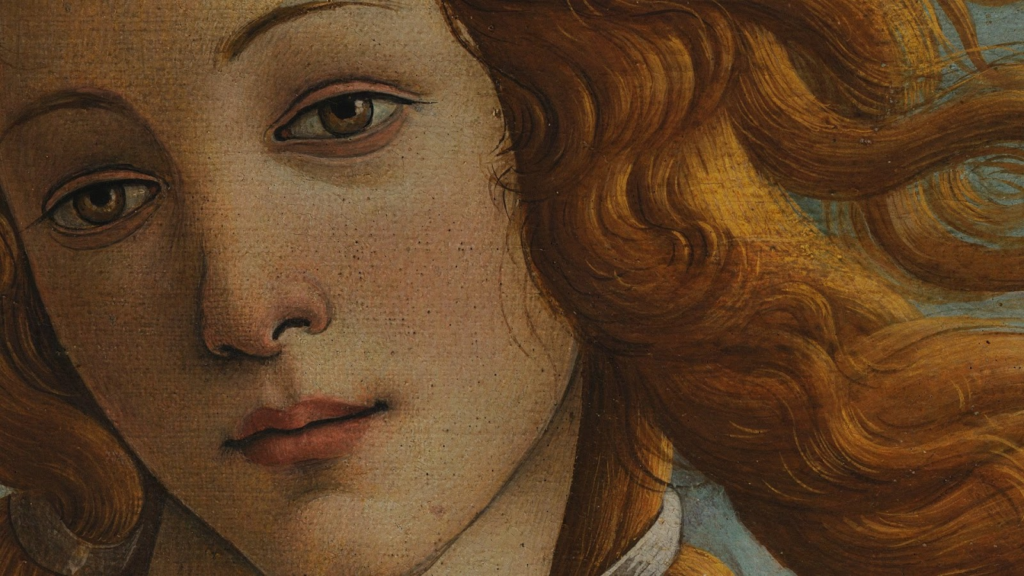Today, I want to introduce you to a truly unique artist from the Florentine Renaissance—Sandro Botticelli. Why call him unique? Despite not conforming to many of the Renaissance’s key standards, his works hold extraordinary artistic value.
The Renaissance Maverick: Botticelli
- An Outlier in the Renaissance Art World
Botticelli can be seen as an unconventional figure in Renaissance painting, much like the “Xiaoyao Sect” in Jin Yong’s The Demi-Gods and Semi-Devils. This fictional sect is unmatched in its elegance and martial prowess, yet remains untraceable in any lineage. Similarly, Botticelli’s art defies classification, with no successors following his style. However, his works are undeniably beautiful. If a global list of the top ten masterpieces were made, Botticelli’s Primavera and The Birth of Venus would undoubtedly be on it. - Background and Artistic Individuality
Born in 1445 as Alessandro Botticelli, he became a renowned painter of late 15th-century Florence. Unlike most Renaissance artists, Botticelli did not adhere to pivotal techniques such as perspective or realism that began with Masaccio. His divergence from these norms makes his work uniquely beautiful, showcasing his individuality and mastery. - Material Choices: A Commitment to Tradition
During Botticelli’s era, oil painting had become the dominant medium, but he remained loyal to the older technique of tempera. Unlike oil paint, which uses pigment mixed with oil, tempera uses egg yolk, resulting in softer, pastel-like hues. This choice further highlights Botticelli’s distinctive approach, setting him apart from his contemporaries. - Painting Techniques: Medieval Yet Distinctive
Botticelli employed an antiquated method of outlining subjects in dark lines before filling them with color. While this method did not align with Renaissance realism, it exemplified his practical and convenient approach, emphasizing his unique perspective. - Artistic Priorities: Beauty Over Proportion
Renaissance art emphasized accurate proportions, yet Botticelli willingly sacrificed anatomical correctness for aesthetic harmony. For instance, in The Birth of Venus, Venus’s elongated neck and sloping shoulders deviate from natural proportions but enhance the painting’s ethereal beauty. - Rebellion Against Norms: Mythological Themes
Botticelli’s subjects often defied the Christian norms of his time. His depictions of Venus and other Greco-Roman deities in Primavera and The Birth of Venus were groundbreaking. These works, commissioned by the Medici family, remained hidden in private collections for centuries, only gaining widespread recognition in the 20th century. - A Lesson in Artistic Appreciation
Botticelli’s work reminds us that artistic movements are merely retrospective frameworks created to categorize past works. True art appreciation lies in evaluating each masterpiece on its own merits. Great artists like Botticelli transcend rigid classifications, defining their greatness through unparalleled originality.
By embracing his unique style, Botticelli demonstrates that true artistry lies in defying convention, creating works that resonate across centuries.

Botticelli’s Artwork Primavera

Detail from Botticelli’s Artwork Primavera

Botticelli’s Artwork The Birth of Venus

Detail from Botticelli’s Artwork The Birth of Venus
Tip:
Why do artists love painting Venus when depicting women?
It’s not that artists are particularly fond of Venus; they are drawn to painting the nude form.
Nudity allows for a fuller representation of the beauty of the human body. However, in the societal context of the time, cultural norms weren’t open enough to allow live models to pose nude, and religious figures certainly couldn’t be depicted in the nude. Venus, on the other hand, was “officially approved” to be nude. According to Roman mythology, Venus was born from sea foam, and her image has always been portrayed as nude.


